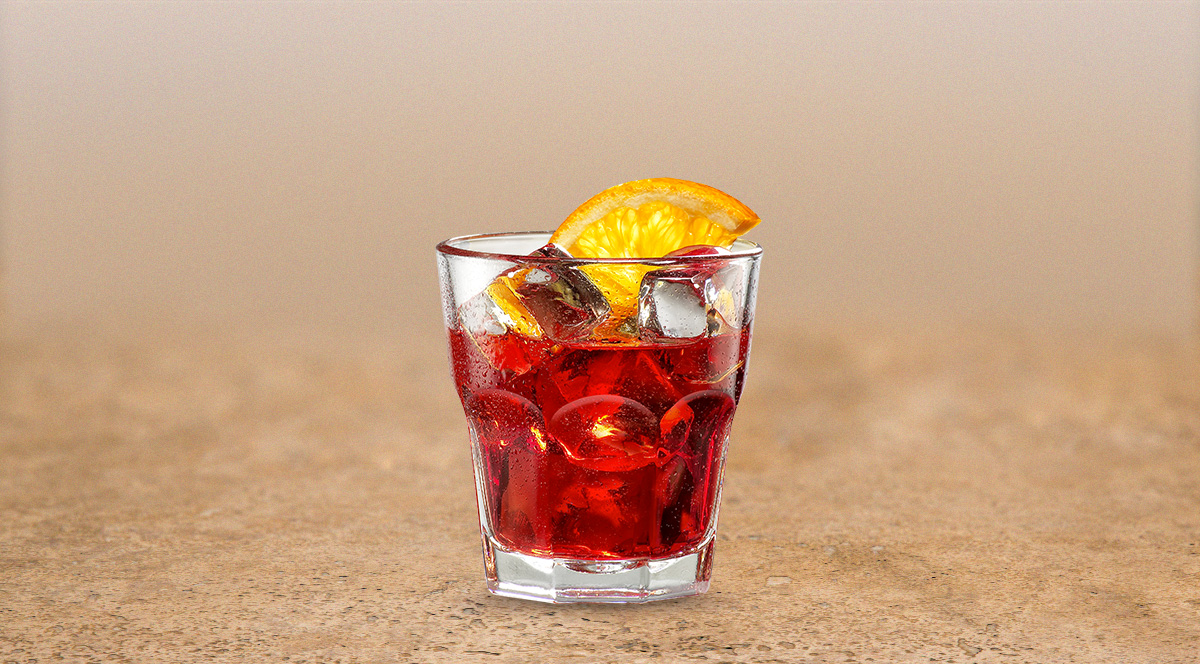
#505
APEROL VS CAMPARI
20 Jun 2017 By David Fuhrmann-Lim
What’s the Difference Between Aperol and Campari? A Definitive Breakdown of the Two Icons of Italian Aperitivi.
Aperol vs Campari – here’s what you need to know.
By
The popularity of Italian aperitivo cocktails has reached a fever pitch in recent years, especially in big cities where the Negroni is definitively the new Cosmopolitan—as in, the fashionable cocktail of choice. With Boulevardiers and Aperol Spritzes flowing freely, sometimes you’ve gotta wonder: What exactly am I drinking, and what’s the difference between all these red and orange elixirs?
Campari and Aperol are both Italian aperitivo spirits, or aperitifs. The term aperitif traditionally refers to any predinner beverage—including Champagne, vermouth, beer or a cocktail—that’s intended to open the palate and prepare it for the forthcoming meal.
Northern Italy defined aperitivo culture as we know it today: a spread of red or orange spritzes made with bitter liqueurs and Prosecco, topped with soda water, and served with a salty spread of bar snacks. In the 1800s, taverns around this region each boasted their own house aperitivo, a custom blend created by the local bartender and varying in bitterness, sweetness and herbal profile from one watering hole to the next. The category became more formalized in 1860, when Gaspare Campari allowed other bars to sell his Campari Bitters—but only if they agreed to put a Campari Bitters sign in the window. Other brands and types of aperitivi soon followed, including Aperol in 1919. Gruppo Campari bought Aperol in the 1990s, officially bringing the brands together under one company.
[ How to Decode a Cocktail Menu Like a Champion ]
The bitter and bracing flavor profiles of both Campari and Aperol can stand up to almost any other bottle in the bar, making them excellent products for mixing. Both have defined classic cocktail recipes, such as the Negroni and the Aperol Spritz, and can be used to substitute for one another in many cocktail recipes. However, it is important to first understand the difference in each product’s flavor profile as to best anticipate how each spirit will change the final drink.
Campari
Campari is crimson red; it derives its distinctive, mesmerizing color from a natural dye that was once famously sourced from cochineal insects, until 2006 when the company switched to artificial color. Campari is famous for its bittersweet taste—one marked by underlying flavors of cherry, cascarilla, clove, rhubarb, cinnamon and orange peel—and, at 48 proof, is the stronger of the two spirits. Campari is the signature ingredient in classic cocktails, such as the Negroni, Boulevardier, Americano, Bitter Spritz and Jungle Bird.
Aperol
Aperol, lower on the bitter scale than Campari, has a bright-orange hue. Its flavor is most closely associated with rhubarb, bitter herbs and burnt orange, and its higher sugar content makes it sweeter and more approachable to bitter neophytes. At 22 proof, Aperol is a lighter spirit that’s perfect for brunch or early-evening cocktails. Aperol is typically served as an Aperol Spritz, although in recent years it, too, has become a darling of bartenders, who use it in their creative contemporary cocktails.
Read it at Tasting Table. Emily Arden Wells is the cofounder of Gastronomista, a website dedicated to the Culture of Drink.
Like this? 5 bottles Your Home Bar Can’t Do Without

You might be interested in...
DRINK HERE: FLORETTE
You Get Elegant Cocktails in a Lush Modernist Setting: Florette Offers a Respite From The Orchard Bustle.
OUR HAPPY HOUR
Round-up the Posse, Count to Ten and Head Out.
DRINK THIS: GLEN GRANT 60 YEAR OLD
Worth the Wait.
DRINK HERE: FLORETTE
OUR HAPPY HOUR
DRINK THIS: GLEN GRANT 60 YEAR OLD